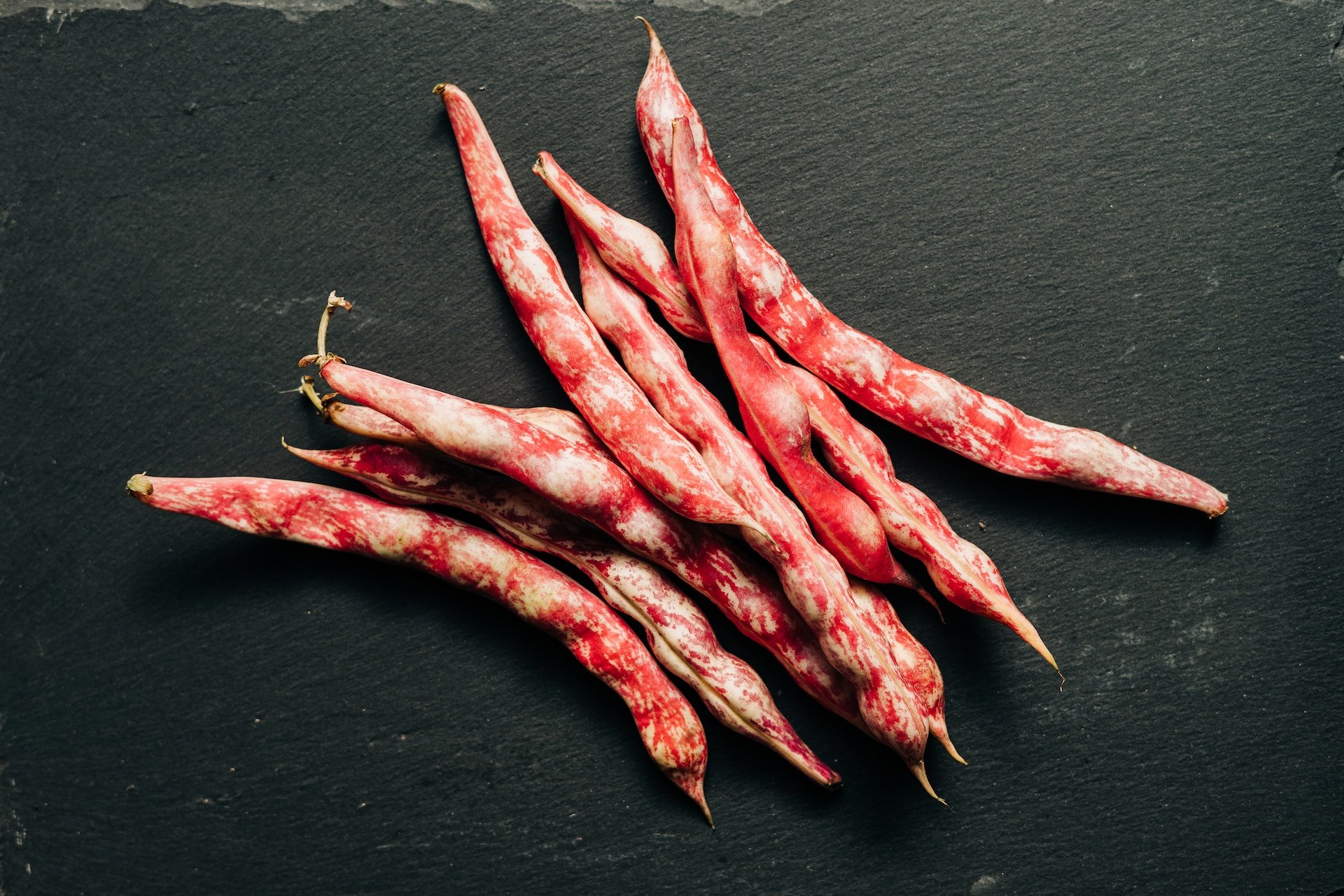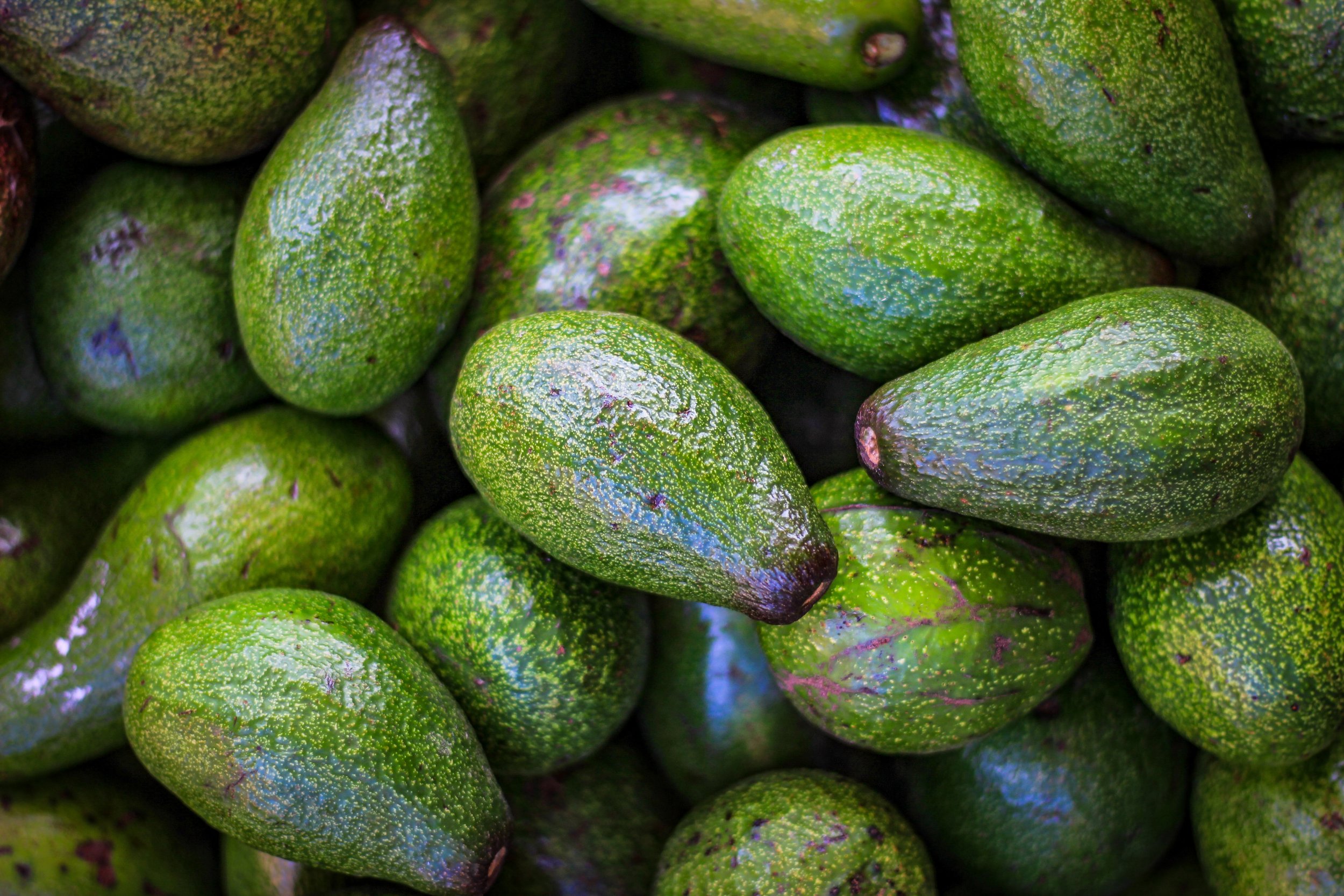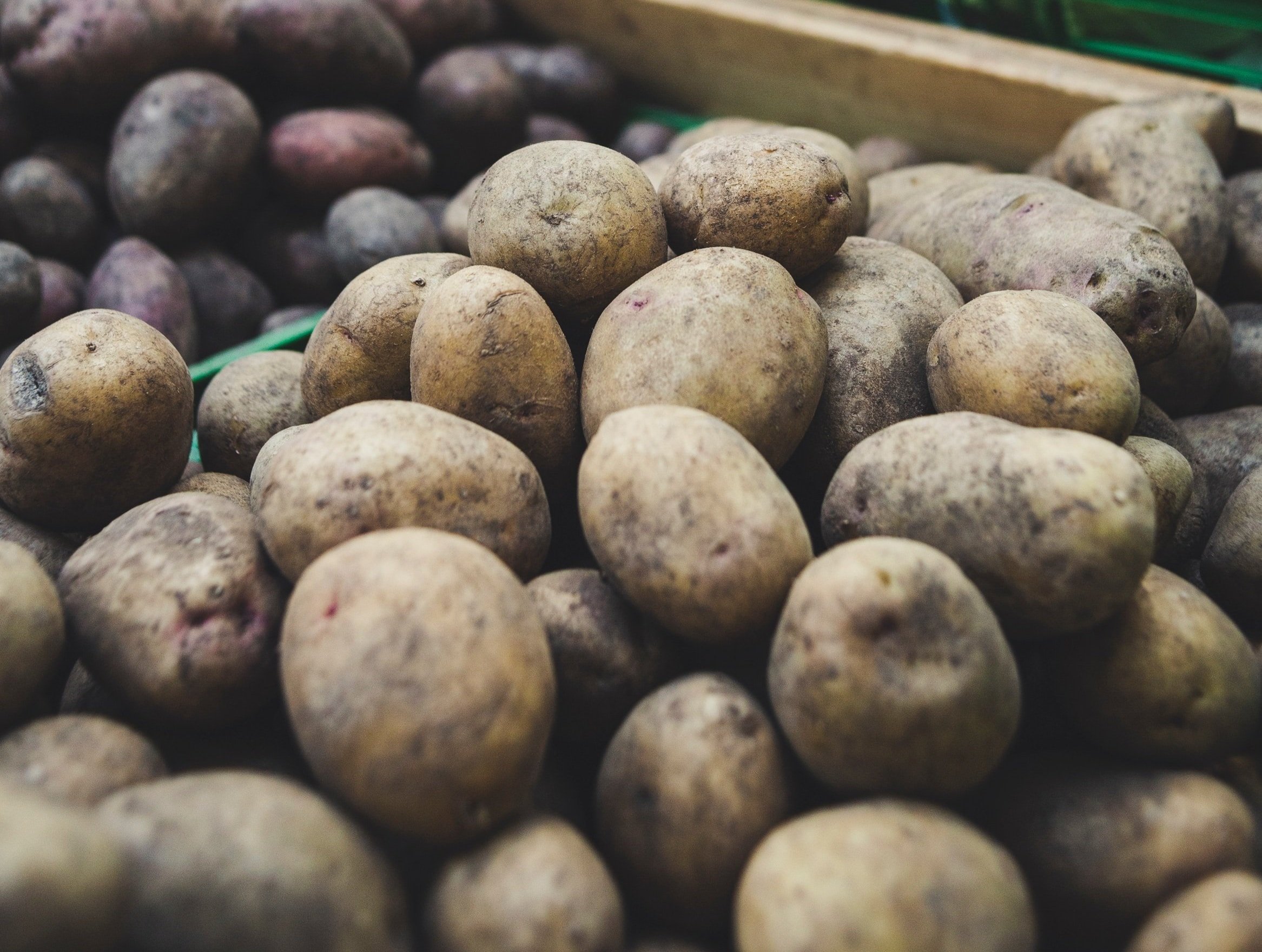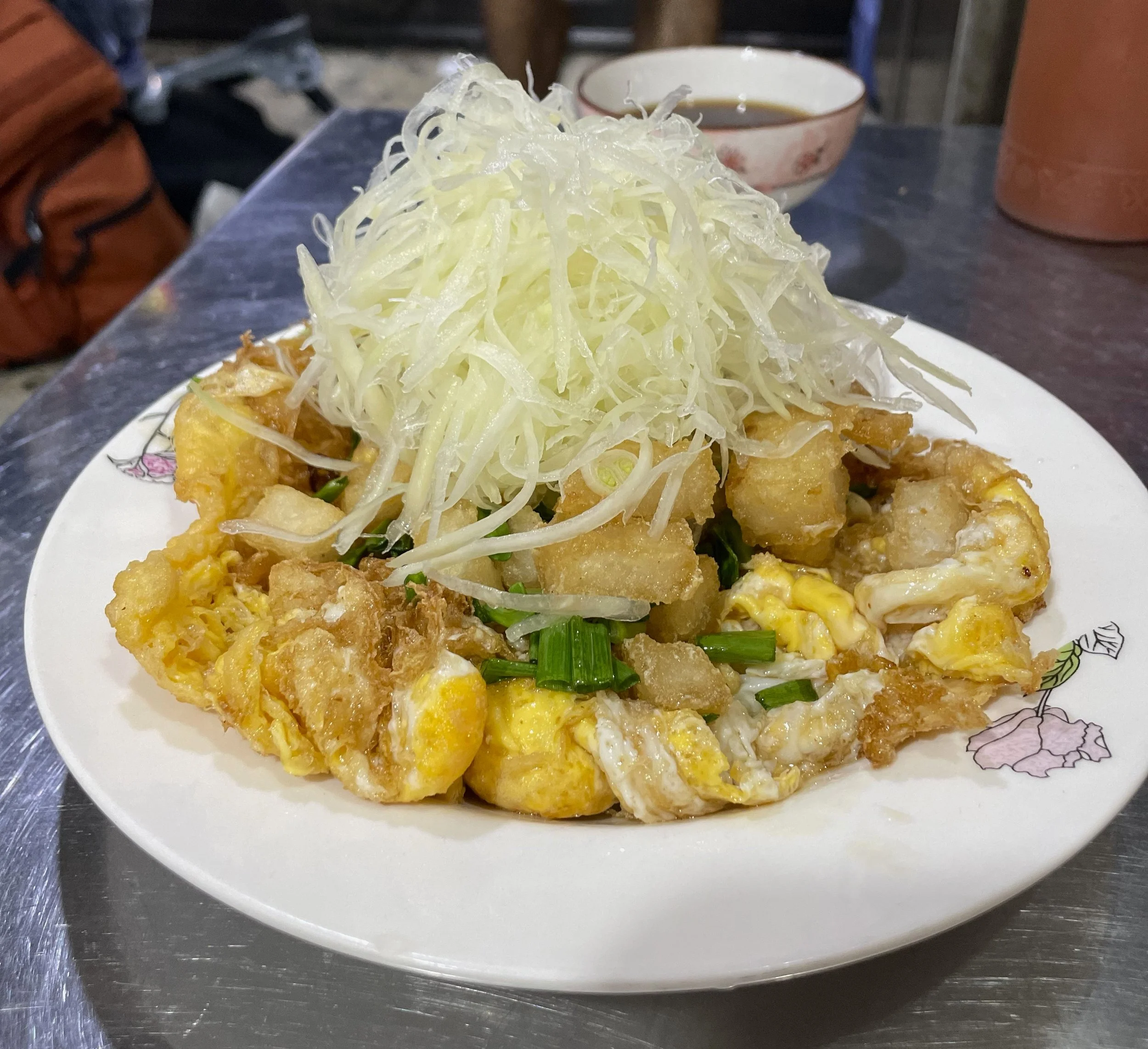As I sat in a small restaurant in Bogota, I looked around at the homely interior, strong wooden furniture, slightly kitsch decorations, and a proud Colombian flag hanging over the ‘bar’. All the tables overlooked the live entertainment; a small cobblestone sidewalk filled with an occasional tourist, carts selling cocadas, and vendors selling small handicrafts.
The simplicity of Colombia, its beautiful landscape, her coloured yet troubled history, and straightforward food all encompass a unique experience to anyone passing through, or staying a while….
A rather plump older lady places a heavy terracotta bowl of stew (slash) soup in front of me with two hands, then a plate of rice with an extremely buttery sliced avocado. I dipped the large spoon into the soup and tasted it. There was warmth and comfort in this thick flavourful broth that was creamy with just enough acidity – although the flavour combination was rather foreign to me, it felt somehow familiar and remains to this day one of my favourite Colombian dishes I have ever tasted.
The very name of this soup, Ajiaco, includes the word Aji, meaning chilli pepper, in the language of the Taino people. Taino were Indigenous inhabitants that migrated from the north coast of South America and spread throughout the Caribbean, they were the most predominant society in the region before European contact in the late 15th Century.
The Taino people lived in a hierarchical society that crafted tools, boats and ornaments, worshipped deities of natural elements such as Yucahu the god of cassava and the sea, and ate an abundant diet of seafood, cassava, beans, maize, peppers, wild plants and hunted meat.
Ajiaco is a traditional soup that has evolved with the history and culinary landscape of Colombia. More than a soup, it is a stew consisting of filling ingredients that is perfect for cooler seasons and is accompanied by a variety of sides making it a very substantial meal.
The most popular Ajiaco is found in Bogota, and is known as Ajiaco Santafereño. The main ingredients in this Ajiaco are chicken on the bone to extract the hearty collagen and fat, three types of potatoes (criollas/yellow, sabaneras/red, pastusas/white), guascas, an extremely aromatic Colombian herb, corn on the cob, cream, capers and avocado.
Travel around Colombia and you will find variations of Ajiaco – in the Cauca Valley, the dish is extremely herbaceous, using a variety of plants from the region, in the north, along the Caribbean coast, you will find coconut milk in the dish which gives it a milder taste, whereas in the mountainous region of Antioquia, it is hearty and filled with many root vegetables.
The unique ingredients found in Colombian Ajiaco - Guasca and three types of Colombian potatoes
Guasca
Credit @amigofoods
Saberna, Criolla and Pastusa Potatoes of Colombia
Credit @ATouchofRoJo
Ajiaco, although most recognised to be a Colombian dish, can be found with slight variations in Cuba, Venezuela and Peru.
Ajiaco Cubano is robust and complete containing many root vegetables such as cassava, malanga, sweet potatoes, potatoes and different meats like beef, chicken, pork and chorizo. The heavier spiced flavour is a result of the addition of cumin, oregano, bay leaves, and paprika and it is full of plantains, tomatoes, corn, garlic, onion, coriander and peppers (capsicums).
Venezuelan ajiaco contains beef and pork and more vegetables and fruit such as carrots, plantains, corn, and tomatoes, and is flavoured with coriander, garlic, onions, cumin and oregano.
The significant difference of Peruvian Ajiaco to its Colombian counterpart Is the addition of huacatay (black mint), coriander and aji Amarillo (yellow chilli).
Whether you try this dish in Columbia, Cuba, Venezuela or Peru, Ajiaco is a humble stew that reflects the tradition of the indigenous people, demonstrates the vast abundance of ingredients throughout Latin America and reflects history in every, delicious bite.
Every version of Ajiaco whether in Colombia, Cuba, Venezuela or Peru reflects a variety of significant ingredients to that country. A humble stew that tells tales tradition from the indigenous people, and a varied agricultural landscape and reflects history beautifully in an extremely delicious way.

























